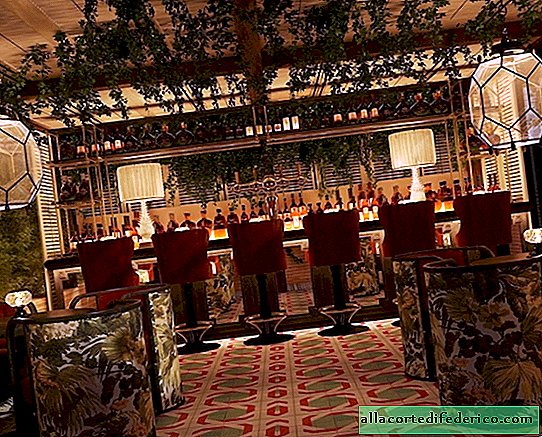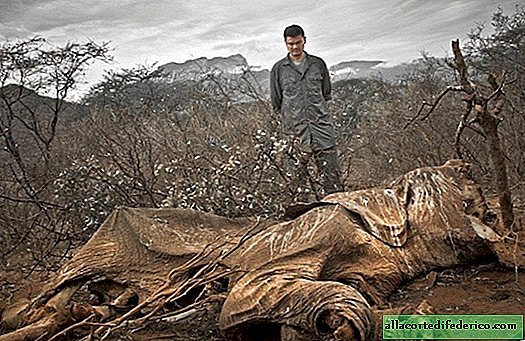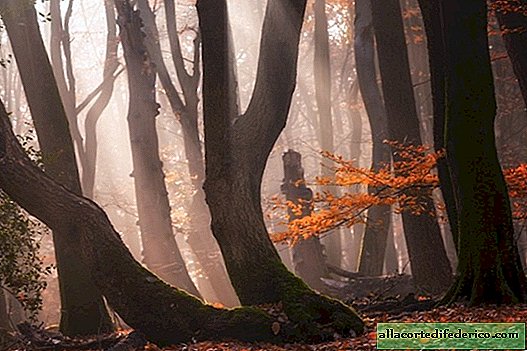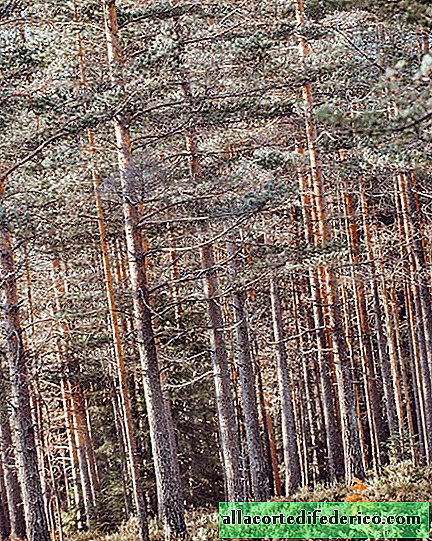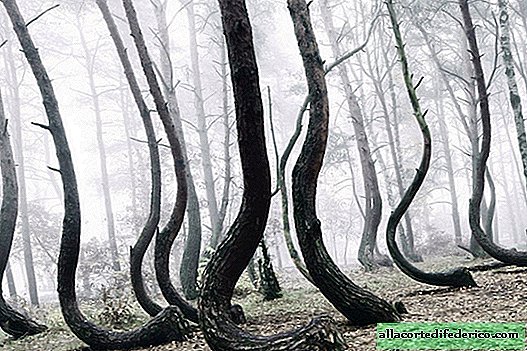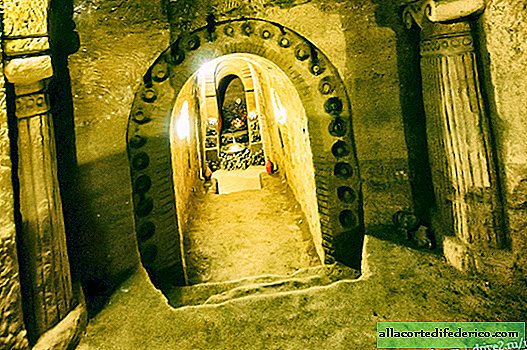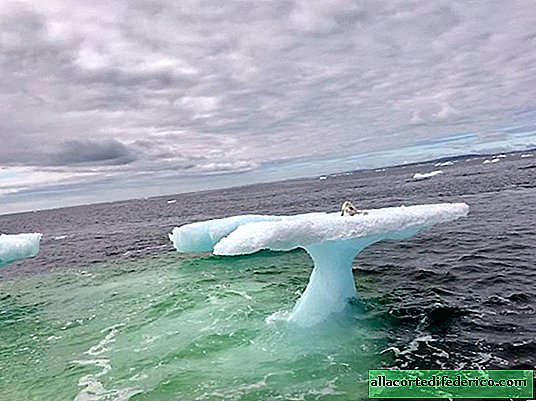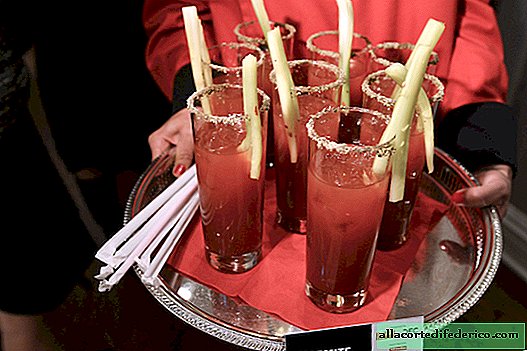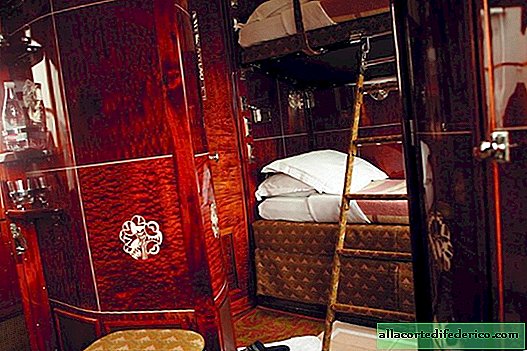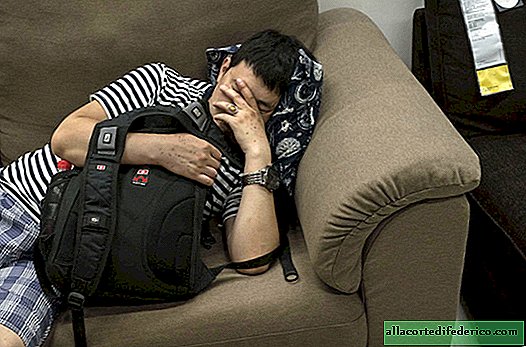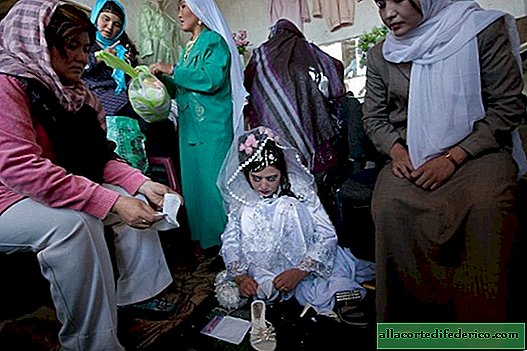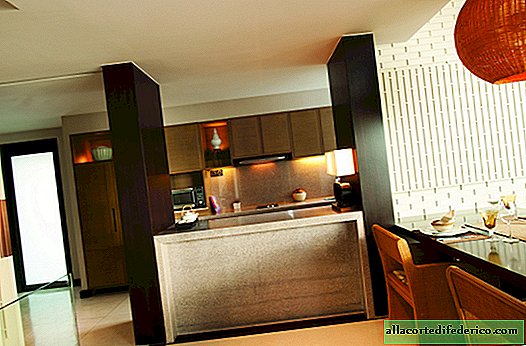"Last Supper": what remains of the genuine brush of Leonardo
It may seem unbelievable, but the famous "Last Supper" by Leonardo’s brush today does not look exactly like the author intended. The fact is that for many centuries of its existence, murals survived not one restoration, but artists who wanted to save Leonardo's masterpiece sometimes rewrote a brilliant work of art at their discretion. What survived the "Last Supper" for its more than 500 years, we will tell in our material.
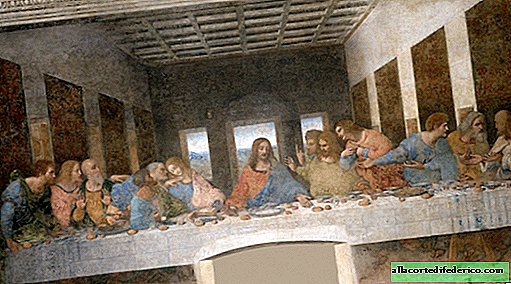 The Last Supper, Church of Santa Maria delle Grazie, Milan
The Last Supper, Church of Santa Maria delle Grazie, MilanThe Last Supper is located in the church of Santa Maria delle Grazie in the west of Milan in Italy. The grandiose piece has dimensions of 4.6 by 8.8 meters and is located on the wall in the refectory - a spacious room intended for eating. The painting depicting Christ and his 12 disciples during the evening meal was completed by Leonardo in 1498.
But after only 20 years, the first damage was noticeable on the mural: the paint layer began to peel off. Experts blame the increased humidity in the refectory for this. By the middle of the sixteenth century, contemporaries noted that the great work of Leonardo was in a deplorable state, and the paint layer was so damaged that it is difficult to recognize the depicted apostles in the painting. Domestic troubles were added to the poor microclimatic conditions: after repair work, a doorway appeared in the lower part of the Last Supper, due to which this fragment of the painting was lost forever.
 One of the earliest copies of the painting, presumably made in the first half of the 16th century, was found in Tongerlo Abbey.
One of the earliest copies of the painting, presumably made in the first half of the 16th century, was found in Tongerlo Abbey.Initial restoration work was carried out only in the first half of the XVIII century. We can say that it was a “cosmetic repair”, which soon required new efforts to save the masterpiece. This restoration was followed by others, and each time the artists moved farther and farther away from the original version. Gradually, not only the background was rewritten, but also the faces of the apostles depicted on the wall of the Milan monastery, as well as the color nuances of the work were changed. The monastery was badly damaged during the invasion of the French troops of Napoleon in the first half of the 19th century. Unfortunately, the soldiers did not spare the work of the great Leonardo, after the French stay, the mural, like the church building itself, was in a deplorable state. In addition, a specialist in the restoration of frescoes, invited after the end of hostilities, instead of saving an outstanding work of art, caused even more damage to the paintings. The fact is that he tried to remove the painting from the wall, believing that it was a fresco. In fact, Leonardo did not write on wet plaster, but on a dry wall, which the restorer did not know.
Perhaps the only thing lucky for Da Vinci's mural was that she miraculously managed to avoid destruction during World War II. In 1943, during another Allied air raid, the bomb hit the refectory directly. But the work of Leonardo, fortunately, did not suffer.
 The modern look of the famous work of Leonardo
The modern look of the famous work of LeonardoThe grand restoration of the Last Supper with the participation of the best specialists was carried out in the church building in the second half of the 20th century. After careful analysis, it turned out that from a genuine Leonardo brush on the wall in the refectory, no more than 30% of the original area of the painting remained. During restoration work, many environmental parameters were analyzed, optimal microclimatic indicators were determined that would contribute to better preservation of the work. In addition, the latest equipment and the most advanced technologies in the field of restoration of works of art were used. The project participants raised all the archival data in order to restore historical justice and return the murals to their original appearance. But, alas, this was not completely possible to do, and some experts did not at all appreciate the efforts of restorers, sharply criticizing another attempt at restoration.


